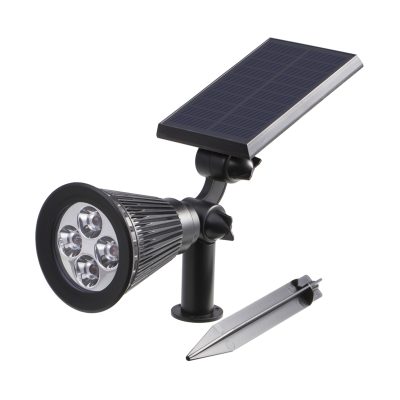The economics of solar lamps are multifaceted and involve various factors, including the initial cost, operational savings, environmental benefits, and long-term financial considerations. Here’s an overview of the economics of solar lamps:
- Initial Cost:
- Purchase Price: Solar lamps typically have a higher upfront cost compared to traditional, grid-connected lighting options. The cost can vary depending on factors like the quality, features, and brand of the lamp.
- Operational Savings:
- No Electricity Bills: Solar lamps rely on sunlight to generate electricity, so they don’t incur ongoing electricity costs. This can lead to substantial savings over time, especially in off-grid or remote areas where extending the electrical grid is expensive.
- Maintenance Cost: Solar lamps generally have low maintenance requirements. There’s no need for fuel, and the main maintenance tasks involve occasional cleaning and replacing the battery or LED bulbs, which are relatively inexpensive.
- Long Lifespan: Solar lamps often have a long lifespan, ranging from 5 to 20 years or more, depending on the quality of the components. This means fewer replacements and associated costs.
- Environmental Benefits:
- Reduced Carbon Footprint: Solar lamps are powered by renewable energy, which reduces greenhouse gas emissions compared to fossil fuel-powered lighting. This aligns with environmental sustainability goals and may have associated economic benefits, such as carbon credits.
- Energy Independence: Solar lamps contribute to energy independence by harnessing energy from the sun, reducing reliance on non-renewable energy sources. This can lead to economic stability and resilience, especially in areas prone to energy supply disruptions.
- Income Generation:
- Small-Scale Entrepreneurship: In some regions, individuals or small businesses can generate income by selling solar lamps to communities without access to reliable electricity. This can stimulate local economies and create job opportunities.
- Access to Education and Productivity:
- Enhanced Learning: Solar lamps enable students to study after dark, improving educational outcomes. This can lead to a more educated workforce, potentially boosting economic development.
- Extended Working Hours: Solar lighting in rural or off-grid areas can extend productive working hours, supporting income-generating activities such as small-scale agriculture, handicrafts, and micro-enterprises.
- Government Incentives and Subsidies:
- Financial Support: In some regions, governments and organizations provide subsidies or financial incentives to promote the adoption of solar lamps. This can reduce the initial cost burden on consumers.
- Resilience to Power Outages:
- Backup Lighting: Solar lamps serve as reliable backup lighting during power outages, ensuring continuous illumination for safety and productivity. This can prevent economic losses during blackout periods.
- Payback Period and Return on Investment (ROI):
- Payback Period: The time it takes to recover the initial investment in a solar lamp through operational savings is an essential economic metric. In many cases, solar lamps can pay for themselves within a few years.
- ROI: Over the lifetime of a solar lamp, the accumulated operational savings and benefits often far exceed the initial investment, resulting in a positive ROI.
- Scalability and Affordability:
- Mass Production: As the demand for solar lamps increases and manufacturing scales up, economies of scale can lead to cost reductions, making solar lamps more affordable for a broader range of users.
In summary, while solar lamps may have a higher upfront cost compared to traditional lighting options, they offer significant operational savings, environmental benefits, and long-term economic advantages. The economics of solar lamps become more favorable as technology advances, prices decrease, and the benefits of clean, renewable energy and improved lighting access are realized.
























